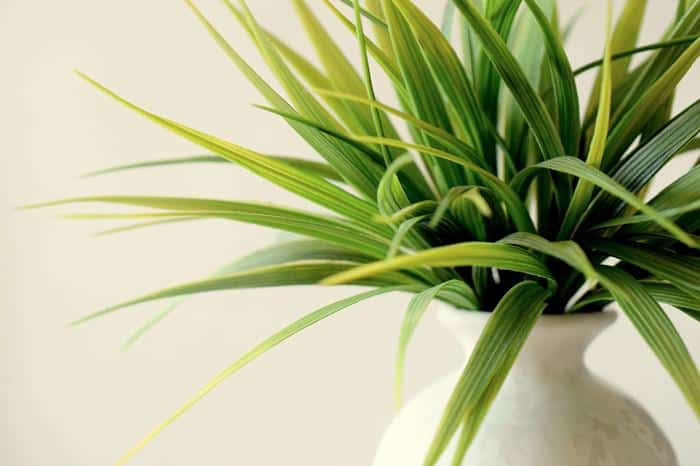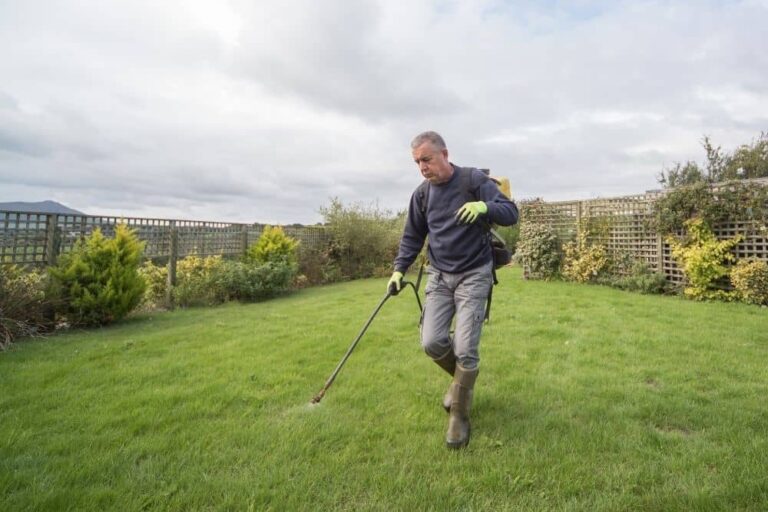Growing and Maintaining Dwarf Ixora
The dwarf ixora is a stunning addition to a garden in the warmer parts of the country. Its striking red blooms have earned it its name as the flame of the woods. It is relatively easy to take care of with the proper moisture and soil conditions. For your effort, you’ll enjoy a beautiful display of flowers all season long. Read on to learn more about this fascinating plant.
>> Get your own dwarf ixora on Amazon <<
What is Dwarf Ixora?
The dwarf ixora (Ixora taiwanensis) is part of the Rubiaceae Family. This large and diverse group includes many familiar plants, most notably, coffee and quinine. The family is the fourth largest of the flowering plants though its members live mainly in the tropic and subtropic regions of the world. As you might guess, these plants are best for warmer climates in the United States.
The dwarf ixora is a smaller version of its cousin, ixora (Ixora coccinia). Its common names are “Flame of the Woods” and “Jungle Flame.” They should give you a clue about what to expect with this plant. As the name implies, it has vibrantly colored blooms that you’ll find in orange-red, pink, or yellow. You may also see them in white, but we prefer the showier flowers.
Planting Dwarf Ixora
The dwarf ixora grows best in USDA Hardiness Zones 9 through 11. If you’ve grown azalea before, you’ll understand the importance of the proper soil conditions for dwarf ixora. Like rhododendrons, it prefers acidic soil conditions in the 5.0 to 6.0 pH range. A soil test before planting is a must in case you’ll need to amend the soil with peat or compost.
It will grow to about two feet high. As a landscaping plant, you can use it as a border for a path or walkway. You can also plant it as an accent piece in an existing bed. Because of its size, you can also grow it as a container plant for your patio or deck. As with any potted plant, you should make sure there is proper drainage to keep it healthy and to prevent water from pooling.
>> Buy a dwarf ixora on Amazon <<
Caring for Dwarf Ixora
In addition to its beauty, the dwarf ixora has low maintenance on it side. As long as you meet its basic needs, it’ll do well as the star attraction in your garden. Because it’s a dwarf version, it is much more versatile than its taller counterparts. It will fit in with any landscape design.
Light Needs
As you may expect, a tropical plant like dwarf ixora likes, no, loves the sun. It can tolerate a bit of shade, but you’ll pay for it with fewer blooms. When it gets the sunlight it needs, it will reward you with gorgeous flowers throughout the season. You’ll often find that this is the case with a prolific flowering plant. It needs lots of sun to make all of those flowers.
Moisture Needs
Staying on the tropical theme, this evergreen shrub prefers moist soils. You should keep soils from drying out with regular watering. However, as with many plants with similar preferences, you need to be careful and not over-water your dwarf ixora plant. Soggy soils can leave it vulnerable to root rot and other diseases. As always, water at the soil level rather than on the foliage.
Soil Conditions
We mentioned the need for acidic soils. If you’re planting dwarf ixora in a container, be sure and use a soil mixture suited to its needs. For outdoor plants, you should put mulch around them after planting. It will do two essential things for dwarf ixora. It will help maintain that optimal soil pH. It will also help retain moisture in the soil, so you’ll have both needs covered.
Temperature
Temperature is critical on the low end of the scale. Dwarf ixora does not tolerate cold temperatures well though it is one of the hardiest of the ixora shrubs. Cooler temperatures will cause it to drop its leaves. Also, pink and white flowers tend to be more cold sensitive. On the flip side, dwarf ixora may suffer in hot, dry conditions.
Some shade would be welcome during those times. The dwarf ixora can be drought-tolerant once it’s established. However, you should check the soil often when it’s hot so that it doesn’t dry out. You remembered to mulch your plants, right?
Fertilizing
Regular fertilizing is the one bit of special care needed for dwarf ixora. An acidic fertilizer will help maintain the soil’s proper pH. This plant also has a susceptibility for magnesium deficiencies. You’ll know the plant isn’t getting the nutrients it needs if the leaves start to turn yellow. You should plan on fertilizing your plant in the spring, midsummer, and fall.
Other Maintenance Needs
You can choose whether or not you want to prune dwarf ixora. Its small size may make it unnecessary, especially if you like a natural look to your garden. You might consider it if space is an issue or you notice damaged branches. If you decide to trim it, wait until the flower show has ended in the fall. It’ll help encourage more blooms the following spring.
This video from the Utah State University Extension explains the proper way to thin and trim shrubs.
>> Check out the dwarf ixora on Amazon <<
Fitting In
You won’t be the only one who enjoys its lovely flowers. The dwarf ixora will also attract butterflies and hummingbirds to your garden. Deer don’t usually bother these plants, but a hungry one will eat anything it can find. Pests typically aren’t a problem though a regular application of an insecticidal soap spray wouldn’t hurt to keep the aphids under control.
The dwarf ixora is a small shrub with so much to offer the home gardener. Its showy flowers make it an excellent choice for centerpiece plant that will continue to deliver. If you’re looking for a small shrub with easy maintenance, be sure and check out this tropical evergreen. You can’t go wrong with a plant with such stunning colors.
Photo by PublicDomainPictures licensed under CC0.
Also Read: Bamboo Palm



